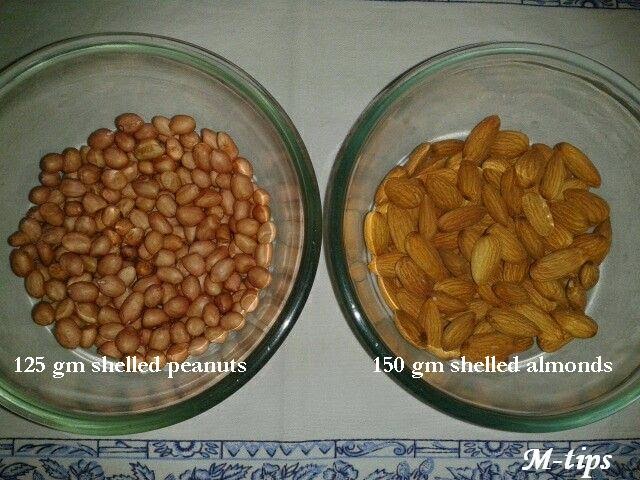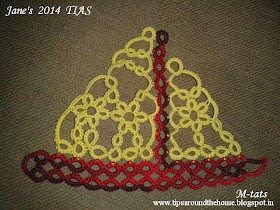Looking for good fiction ?
Quick reads for that lazy afternoon ?
A different perspective ?
Here are a couple of books that I enjoyed. Both cater to different moods, but are love stories with a difference !
As chance would have it, at the beginning of 2013 as well as 2014, I happened to read two wonderful books, both with a Pakistani connection. Nothing deliberate, but a happy coincidence !
1. “Major
Pettigrew’s Last Stand” by Helen Simonson
This book had been on my to-read list for some time, based on some review & I
finally bought it in early 2013.
It is a pleasurable read, reminiscent of Wodehousian
language & humour.
Set in a small village in UK , it exudes an old-world English
charm. The simple flow, witticisms, subtle humor, English manners &
etiquette, Asian customs, etc. have all been interwoven in simple language.
Love blossoming between two elderly, lonely individuals from
very different cultures, but with their own sensibilities & ideals.
I thoroughly enjoyed this story; one can breeze through it.
Yet, for all its lightness, there is room for thought. A perspective into the
needs & travails of senior citizens.
A feel-good book that I can go back to again !
2. “In The Orchard, the Swallows” by Peter Hobbs
As Dec of 2013 came to a close, I bought this book at a flea
market for just Rs 50/- (that’s less than 1 USD !!!). The title & very
simple cover captivated my attention at first glance. Boy, was this book
totally worth the read !
An exquisite story about love & power & the Power of
Love.
It is a very short book, with equally short & succinct
chapters. Even with my snail’s pace, I could’ve finished it in one sitting. But
there was something so binding in its languid narration that I just could Not
read more than a few chapters at a time. The shortness & slow pace of
writing are in keeping with the narrator’s own traumatic experience & I
simply could not bring myself to force the pace. To do so would be a betrayal
to all that the unnamed narrator had undergone & felt. One needed to imbibe
it within oneself.
Yet, it is not a depressing tale, in that it does not dwell
on the harsh & unjust imprisonment. Instead it is a story of how love sustained
hope & life.
But the blurb says it best.
"This is a beautiful & tragic story that so delicately charts, with profound & devastating effects, the parallels that exist between love and power. It is rooted in the present yet has the timeless quality of a myth; like a jewel, it contains more light than seems possible." - Hisham Matar
"Not only has Peter Hobbs produced a timely study or regional transition & its human cost, he has written a terrifically fierce love story. Rarely do contemporary novels possess such refractive power & emotional sincerity. What an acute, brave book this is." - Sarah Hall
"This is a beautiful & tragic story that so delicately charts, with profound & devastating effects, the parallels that exist between love and power. It is rooted in the present yet has the timeless quality of a myth; like a jewel, it contains more light than seems possible." - Hisham Matar
"Not only has Peter Hobbs produced a timely study or regional transition & its human cost, he has written a terrifically fierce love story. Rarely do contemporary novels possess such refractive power & emotional sincerity. What an acute, brave book this is." - Sarah Hall










































